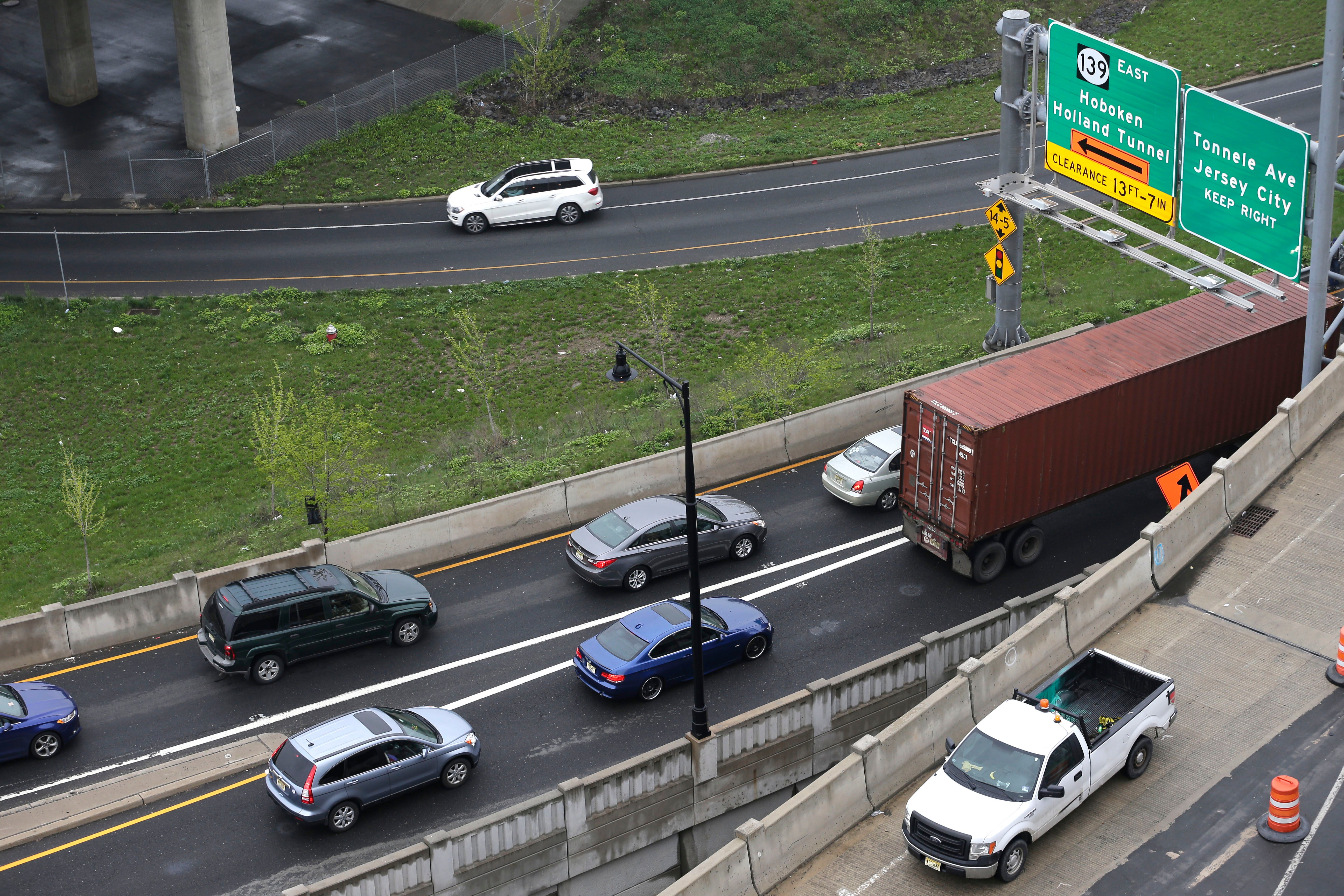Federal COVID aid OK'd to pay for roads, natural disasters
States and local governments soon will have new flexibility to spend billions of dollars of federal coronavirus relief funds on some things not directly related to the pandemic

Your support helps us to tell the story
From reproductive rights to climate change to Big Tech, The Independent is on the ground when the story is developing. Whether it's investigating the financials of Elon Musk's pro-Trump PAC or producing our latest documentary, 'The A Word', which shines a light on the American women fighting for reproductive rights, we know how important it is to parse out the facts from the messaging.
At such a critical moment in US history, we need reporters on the ground. Your donation allows us to keep sending journalists to speak to both sides of the story.
The Independent is trusted by Americans across the entire political spectrum. And unlike many other quality news outlets, we choose not to lock Americans out of our reporting and analysis with paywalls. We believe quality journalism should be available to everyone, paid for by those who can afford it.
Your support makes all the difference.State and local governments will soon gain new flexibility to spend billions of federal coronavirus relief dollars on things not directly related to the pandemic, including new roads and bridges and aid to people affected by wildfires, floods and other natural disasters.
The broadened spending authority for the previously approved pandemic aid was one of many of provisions wrapped into a recently enacted $1.7 trillion spending bill for the federal government's 2023 budget year. It comes after city, county and state officials lobbied for more than a year for greater flexibility in how they can use a $350 billion pool of aid approved by President Joe Biden and the Democratic-led Congress in March 2021.
The American Rescue Plan act included federal aid for all levels of government — from states and territories down to tiny towns and villages — that was intended to help cover the costs of responding to COVID-19, shore up government finances and invest in longer-term projects to strengthen communities.
Though the program had considerable flexibility as originally implemented by the U.S. Treasury Department, some uses for the money remained limited. The newly expanded spending options are expected to take effect by late February, after the Treasury releases updated guidance.
“I think it supercharges the ARPA dollars to be as productive as possible” said Brittney Kohler, legislative director for transportation and infrastructure at the National League of Cities. She added: "We see this as a really valuable tool to make the most of every federal dollar.”
Under the revised spending rules, states and local governments could use their federal pandemic relief funds to provide the local matching amount necessary to draw down additional federal grants for road and transportation projects, including some funded by the Infrastructure Investment and Jobs Act signed by Biden in November 2021.
Governments will be allowed to use up to $10 million or 30% of their American Rescue Plan allotment, whichever is greater, for such transportation infrastructure.
There is no cap on how much of their allotment can go toward natural disaster relief, such as temporary housing, food and financial assistance.
Governments already can receive disaster assistance through the Federal Emergency Management Agency.
“The process at FEMA can be time-consuming and a little burdensome,” said Susan Frederick, senior federal affairs counsel at the National Conference of State Legislatures. “This would be funding that would be readily available to the states in a more immediate fashion than having to go through all the hoops.”
About one-quarter of counties across the U.S. currently have federally declared disasters, said Mark Ritacco, chief government affairs office at the National Association of Counties.
A “natural disaster could have been worse due to the county’s focus on the COVID-19 pandemic," if it diverted local funds that otherwise could have been spent to mitigate disasters, Ritacco said.
The greater flexibility will primarily benefit larger governments that received more than $10 million under the American Rescue Plan. That's because a Treasury Department rule released one year ago allowed all governments to assume up to $10 million of pandemic-related revenue losses, qualifying an equal amount to be spent on general government services that could be construed to include roads or disaster relief.
States, territories and the District of Columbia had budgeted 71% of their federal pandemic relief allotments as of Sept. 30, according to an Associated Press analysis of data available through the Treasury Department.
A total of 1,850 local governments that received at least $10 million had complied with Treasury reporting requirements; they had budgeted 53% of their pandemic relief allotments as of Sept. 30.
Governments have until the end of 2024 to obligate the federal pandemic relief funds for projects and until the end of 2026 to spend it.
Officials are unlikely to do a major overhaul of their already planned spending as a result of the new law. But “the additional flexibility creates an opportunity for cities to move money around in their budgets" to meet federal spending deadlines, said Michael Wallace, legislative director for housing, community and economic development at the National League of Cities.